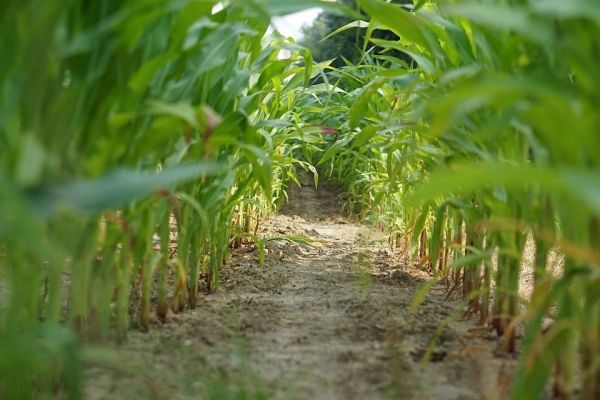When European researchers recently announced a new technique that could potentially replace chemical pesticides with a natural “vaccine” for crops, it sounded too good to be true. Too good partly because agriculture is complicated, and novel technologies that sound brilliant in the laboratory often fail to deliver in the field. And too good because agriculture’s “Green Revolution” faith in fertilizers, fungicides, herbicides, and other agribusiness inputs has proved largely unshakable up to now, regardless of the effects on public health or the environment.
And yet emerging technologies — including plant vaccines, gene editing (as distinct from genetic engineering), and manipulation of plant-microbe partnerships — hold out the tantalizing promise that it may yet be possible to farm more sustainably and boost yields at the same time. In truth, there’s little choice this time but to deliver on that promise, because of the need to feed 10 billion people later in this century and to do so on a limited land area and in spite of unpredictable climate change.
The idea of vaccines to protect plants from pathogens has kicked around in agribusiness for decades without much result. But it has moved closer to reality in recent years as research has demonstrated that it’s possible to tweak a natural genetic messenger to target specific crop pathogens. Double-stranded RNA (or dsRNA) is a key activator of the immune system in plants and many other organisms. One current line of research uses genetic engineering to modify this natural defense system — resulting, for instance, in a new cotton cultivar with dsRNA targeting plant-sucking insects that have become a pest in China.
Read more at Yale Environment 360
Photo Credit: kirahoffmann via Pixabay


